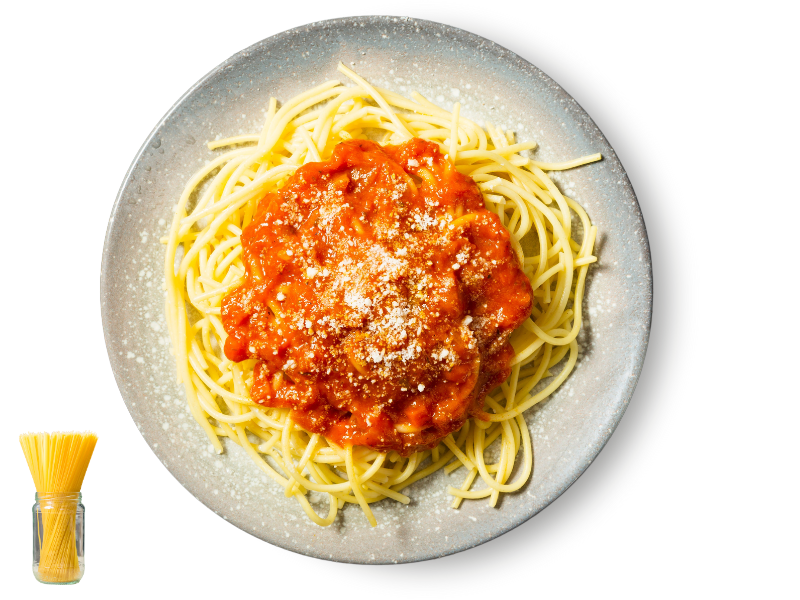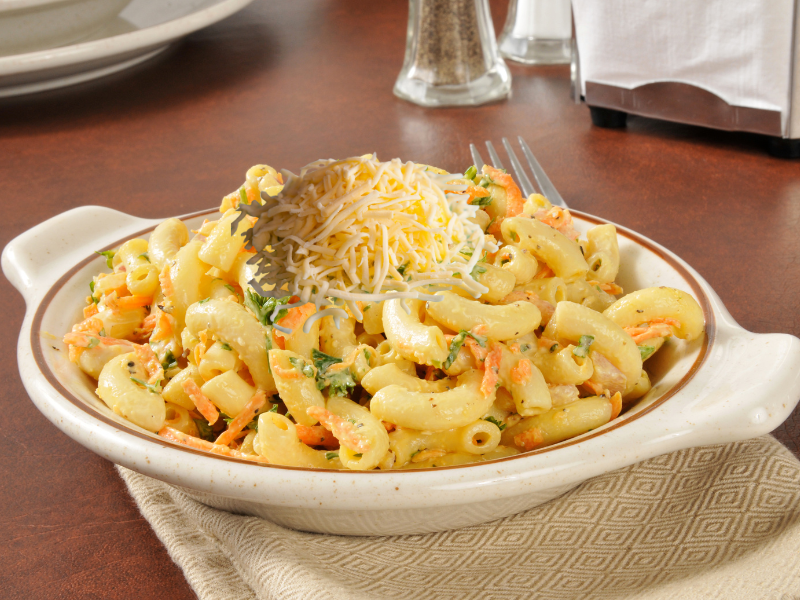Few foods in the world are as universally loved—and endlessly varied—as pasta. It’s a staple in Italian cuisine and a comfort food for millions. But pasta isn’t just one dish. It comes in hundreds of shapes and styles, each designed to serve a specific purpose, texture, or regional flavour.
From silky ribbons of tagliatelle to the delicate twist of fusilli, pasta is more than just noodles—it’s a culinary art form. Whether you’re a home cook, a professional chef, or someone who just really loves spaghetti, understanding the different types of pasta can open up a world of cooking possibilities.
Let’s take a closer look at the many faces of pasta—where they come from, how they’re best used, and what makes each one special.
Why So Many Pasta Shapes?
Before we dive into the types, it’s worth asking: Why are there so many different pasta shapes?
Pasta shapes are not just about aesthetics. Each one is crafted with functionality in mind—to hold certain types of sauces, to cook at a specific rate, or to suit the texture of a regional dish. Long, thin pastas like spaghetti are ideal for light sauces. Tube-shaped pastas like penne trap hearty, chunky ingredients. And twisted or ridged shapes help sauces cling better to every bite.
There are over 350 recognized pasta shapes in Italy alone, and while we can’t cover them all here, let’s explore some of the most popular and widely used.
1. Spaghetti
Origin: Southern Italy
Best For: Tomato-based sauces, meatballs, aglio e olio
Spaghetti is probably the most iconic pasta shape. These long, round strands are incredibly versatile and pair well with almost anything. Whether it’s a simple marinara or a rich carbonara, spaghetti’s smooth surface and moderate thickness make it a household favorite around the world.

2. Fettuccine
Origin: Central Italy
Best For: Creamy sauces like Alfredo or Bolognese
Fettuccine are flat, thick ribbons that are similar to tagliatelle but slightly wider. Their broad surface is perfect for holding on to creamy, buttery, or cheesy sauces. Fettuccine Alfredo, though more popular in the U.S. than Italy, is a beloved example.
3. Penne
Origin: Campania, Southern Italy
Best For: Chunky vegetable or meat sauces, baked dishes
Penne is short, cylindrical pasta with diagonal cuts at each end—resembling a pen tip. It’s available smooth or ridged Those ridges help sauces stick, making it ideal for hearty dishes like penne arrabbiata or baked pasta casseroles.
4. Rigatoni
Origin: Lazio region
Best For: Thick sauces and baked pasta
Rigatoni is like penne’s bigger cousin—wide, ridged tubes that are slightly curved. It’s a favourite in southern Italian dishes and works especially well in oven-baked recipes where you want the pasta to absorb sauce and stay firm.
5. Macaroni
Origin: Naples
Best For: Mac and cheese, pasta salads
This small, curved pasta is a childhood favourite. Its hollow shape makes it great for capturing cheese sauces or light dressings in pasta salads. While often associated with American cuisine, macaroni has deep Italian roots.

6. Fusilli
Origin: Southern Italy
Best For: Pesto, tomato sauces, pasta salads
Fusilli are spiral-shaped pasta that looks like a corkscrew. The twists help trap sauces in every groove, making fusilli a good match for textured sauces like pesto, or hearty meat and vegetable-based sauces.
7. Linguine
Origin: Liguria (Genoa)
Best For: Seafood sauces, pesto
Linguine is similar to spaghetti but flatter and slightly wider. It’s especially popular along Italy’s coastal regions where it’s served with clam sauces (linguine alle vongole), shrimp, or other seafood.
8. Tagliatelle
Origin: Emilia-Romagna
Best For: Ragù Bolognese
Tagliatelle are long, ribbon-like noodles similar to fettuccine but slightly thinner. This pasta is a go-to for Bolognese, as the width and texture of the noodle help catch every bit of that rich, slow-simmered sauce.
9. Tortellini
Origin: Bologna and Modena
Best For: Broth-based soups or creamy sauces
Tortellini are small, ring-shaped pasta filled with cheese, meat, or vegetables. Traditionally served in brood (a rich broth), they also shine in cream sauces or baked dishes.
10. Ravioli
Origin: All across Italy
Best For: Butter sage sauce, tomato sauces, or broth
Ravioli are square or circular pillows of pasta stuffed with cheese, meat, or vegetables. They’re incredibly versatile—boiled and served with sauce, fried as an appetizer, or used in broths.

11. Orecchiette
Origin: Puglia
Best For: Sausage and broccoli rabe, chunky sauces
Orecchiette means “little ears” in Italian. These small, concave disks are perfect for scooping up chunky sauces and vegetables. They have a satisfying chew and are often used in rustic Southern Italian dishes.
12. Farfalline
Origin: Northern Italy
Best For: Light tomato or cream sauces, pasta salads
Also known as farfalle, these bow-tie-shaped pastas are as cute as they are functional. The pinched middle cooks more slowly, giving farfalle a variety of textures in one bite. Great for cold dishes and kids’ meals.
13. Cavatappi
Origin: Central/Southern Italy
Best For: Baked mac and cheese, creamy sauces
Cavatappi are short, ridged, corkscrew-shaped pasta. Their fun shape and ridges make them excellent for grabbing sauces. They’re also popular in cheesy baked dishes where you want pasta that holds up.
14. Gnocchi
Origin: Varies across regions
Best For: Butter sauce, pesto, tomato sauce
Technically a dumpling, gnocchi is made from potato, flour, and sometimes ricotta. They’re soft, pillowy, and work beautifully with simple sauces like browned butter and sage or gorgonzola cream.
15. Lasagna
Origin: Emilia-Romagna
Best For: Layered casseroles
Lasagna isn’t just a dish—it’s the name of the flat pasta sheets used in layered bakes. These wide noodles are typically boiled or soaked, then layered with meats, cheese, and sauce to create a rich, oven-baked meal.
Choosing the Right Pasta for the Sauce
Pairing the right pasta shape with the right sauce can elevate your meal. Here are a few quick rules of thumb:
- Long, thin pastas work well with oil-based or light tomato sauces.
- Wide ribbons are best for rich, creamy sauces.
- Short tubes are ideal for chunky vegetable or meat sauces.
- Stuffed pastas shine with light broths or butter-based sauces.
- Shapes with texture or ridges cling well to thicker sauces.
Final Thoughts: Pasta, the Shape of Comfort
Pasta is more than just a carbohydrate—it’s a cultural symbol, a comfort food, and a canvas for flavour. Each shape tells a story about its region, its people, and its history. Understanding the different types of pasta helps us appreciate not just how to cook it, but why it exists the way it does.
Whether you’re making a cozy bowl of mac and cheese or mastering a traditional tagliatelle al ragù, knowing your pasta shapes can make all the difference in your cooking.
